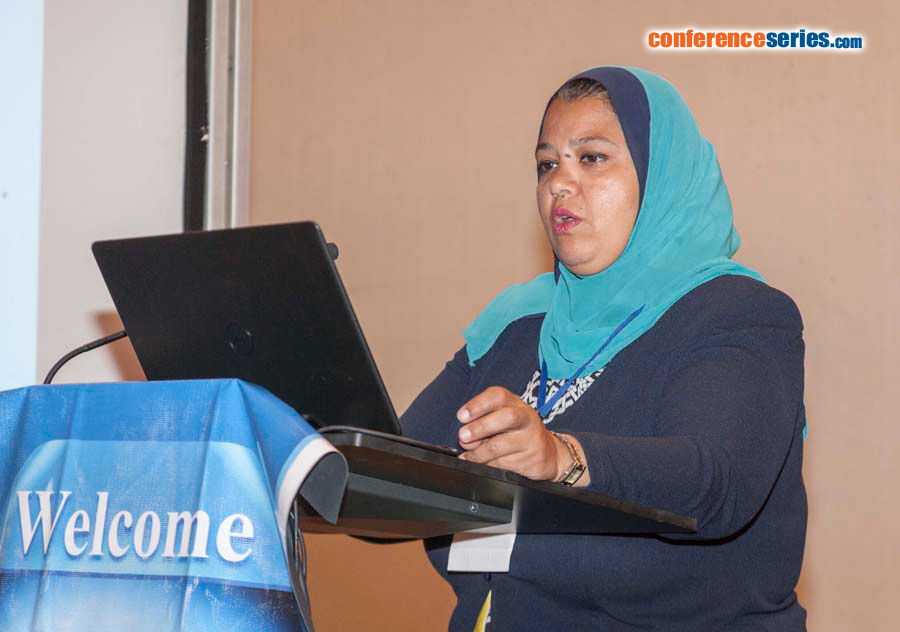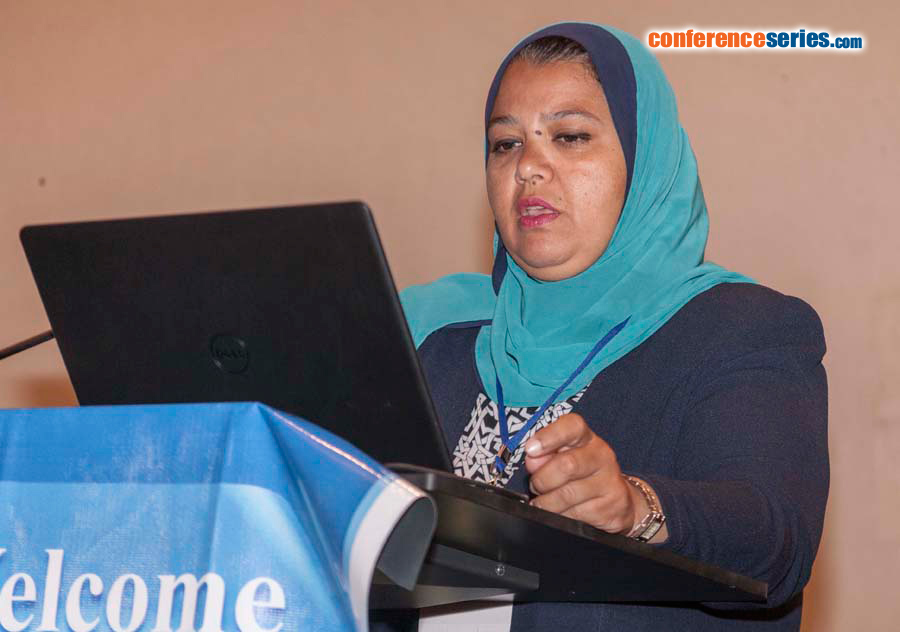
Noha Behairy
Cairo University, Egypt
Title: Diagnostic value of MRI in fetal urinary tract anomalies
Biography
Biography: Noha Behairy
Abstract
Objective: To evaluate the contribution of adding MRI findings to sonographic data when assessing fetal urinary tract anomalies and to determine how this addition may affect the management of pregnancy. Methods: We examined 26 fetuses with sonographically suspected congenital urinary tract anomalies by 2D/3D ultrasound, Doppler and MRI. The gestational age range was 18-36 weeks. 40% of the women were in the second trimester while 60% were in their third trimester. The diagnosis was confirmed by postnatal ultrasound in born babies and autopsy in still born or aborted fetuses. Results: We found different urinary tract anomalies. MRI changed the US diagnosis in 6 cases and added information in 5 cases, hence changing the patient’s management in 34.6% of cases. MRI confirmed US diagnosis in 16 fetuses. Ultrasound was superior to MRI in one case of renal failure. Associated extra renal anomalies were detected in ten cases (38.4%). 13 lethal renal anomalies were included in this study. The diagnosis was confirmed by postnatal US or CT in viable babies and autopsy in still birth or aborts. Conclusion: Fetal MR imaging should be used as a complementary modality to US in diagnosing fetal urinary abnormality in which US findings are inconclusive or equivocal.





